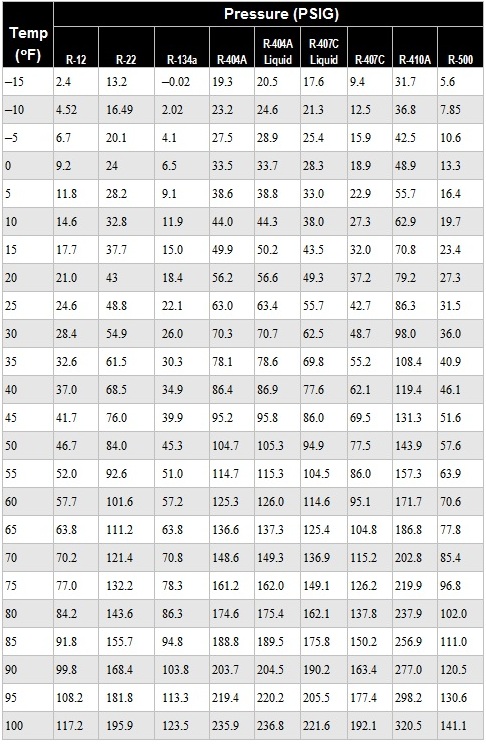

If you’re already hyperventilating after seeing the word “math,” you can skip down to the takeaways section. It’s really not that bad, and if you can follow along, you’ll have a better understanding of the physics behind moving heat with air. (I’m going to leave the discussion of using water for heat distribution to my friends on the hydronic side, but it’s analogous to what I’m explaining below.)īefore we get started, let me note that there’s a little bit of math ahead. So how do we know how many cubic feet per minute (cfm) of air will give us the right number of BTUs per hour? Today we’re going to talk about this relationship between BTU/hr and cfm. We typically move those BTUs into and out of the rooms in a house with a fluid, like air or water.

In most of the world, the result is measured in watts of kilowatts.īut then what? We don’t just turn on the BTU spigot. Here in the US we still use those antiquated units that yield British Thermal Units per hour (BTU/hr) for the loads. We enter all the details of the building, set the design conditions, and get the heating and cooling loads for each room in the building. (Yes, even Passive House projects.) That’s why we do heating and cooling load calculations. When you embark on the project of educating yourself about building science, one of the first things you encounter is the concept of heating and cooling loads.


 0 kommentar(er)
0 kommentar(er)
